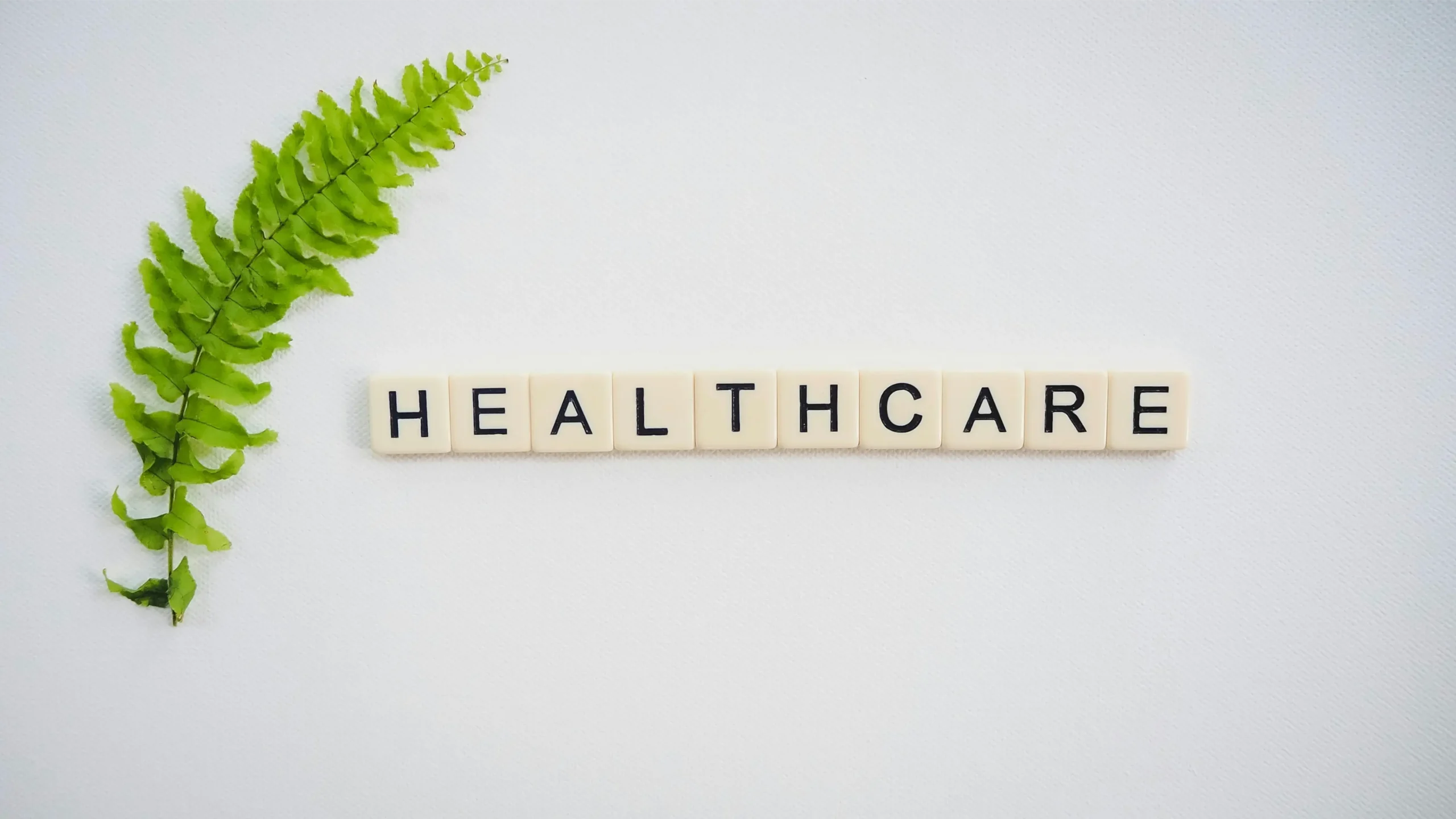In today’s digital age, health misinformation and disinformation are widespread, often leading to confusion and potential harm. To navigate this landscape effectively, consider the following strategies:
Verify the Source
Always assess the credibility of the information source. Trusted health information typically comes from reputable organizations like the World Health Organization (WHO), Centers for Disease Control and Prevention (CDC), The Ghana Health Service, or peer-reviewed medical journals. Be cautious of content from unverified social media accounts or websites lacking transparency about their credentials.
Think Critically and Avoid Emotional Triggers
Misinformation often employs sensational language or emotional appeals to persuade. Be wary of claims that seem too good to be true or that provoke strong emotional reactions. Critical thinking involves questioning the evidence behind a claim and considering alternative viewpoints.
Look for Scientific Consensus
Reliable health information is usually supported by a consensus in the scientific community. Check whether multiple studies or expert reviews back the claim. Be skeptical of information based solely on a single study, anecdote, or unverified testimonial.
Be Aware of ‘Prebunking’ Techniques
‘Prebunking’ involves exposing individuals to weakened forms of misinformation to build resistance against it. Educational initiatives and media literacy programs can help individuals recognize and resist common misinformation tactics before they encounter them.
Consult Healthcare Professionals
When in doubt, seek advice from qualified healthcare providers. They can offer personalized guidance and clarify any confusing or conflicting information you may encounter online.
By applying these strategies, you can better protect yourself and others from the adverse effects of health misinformation and disinformation.

